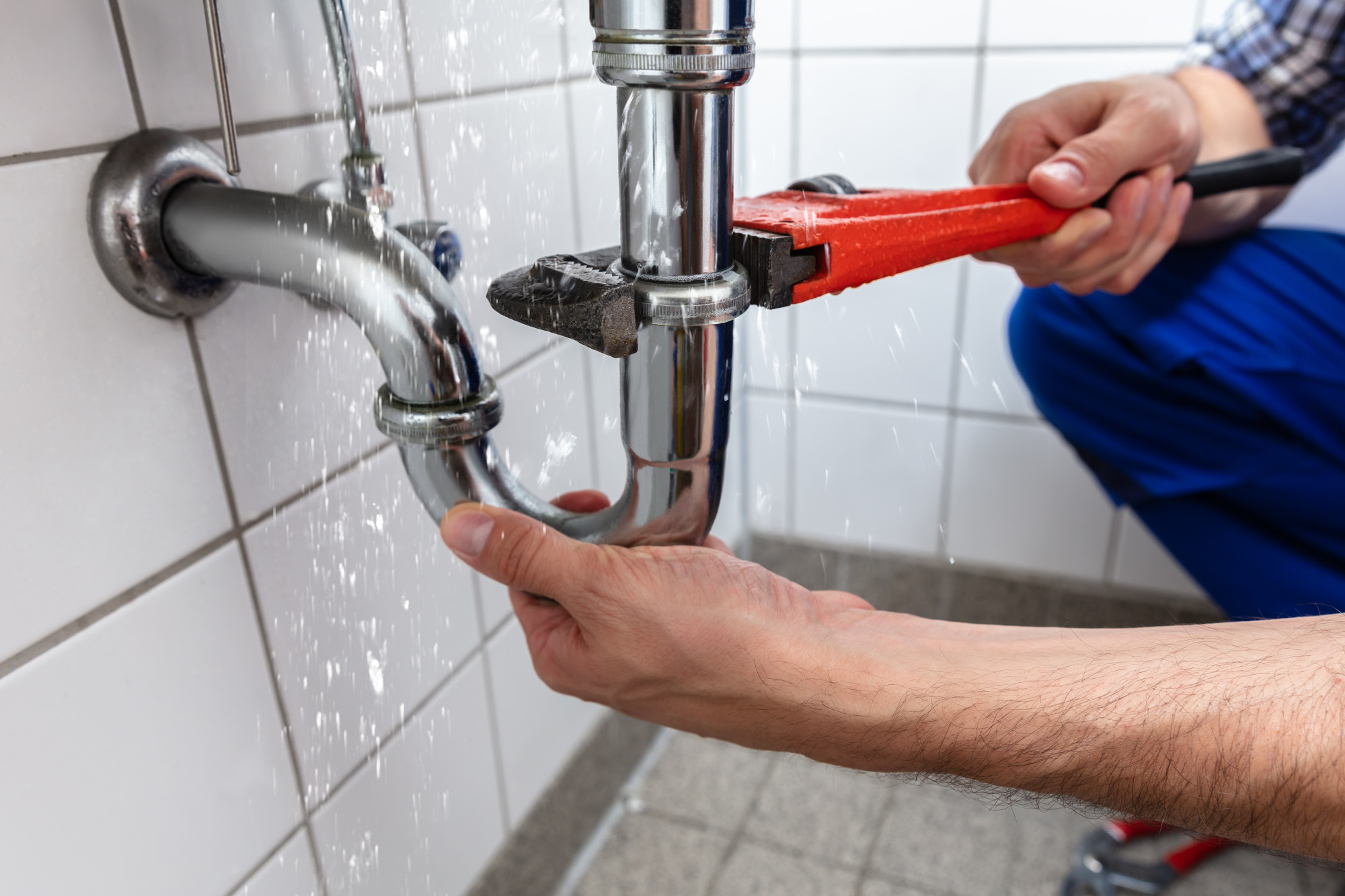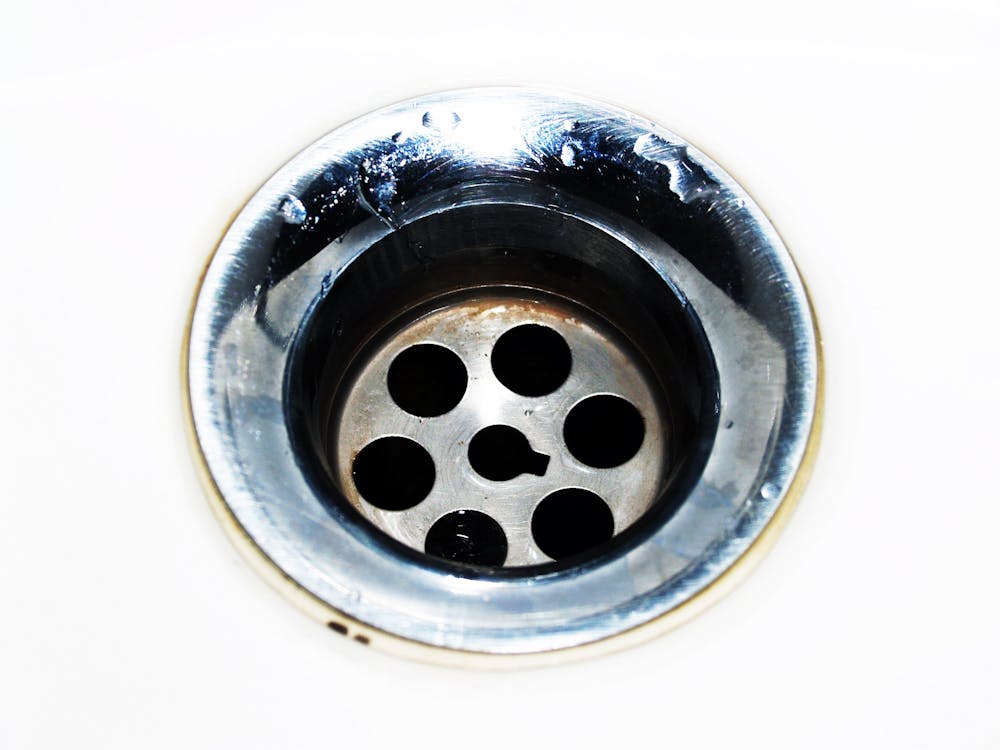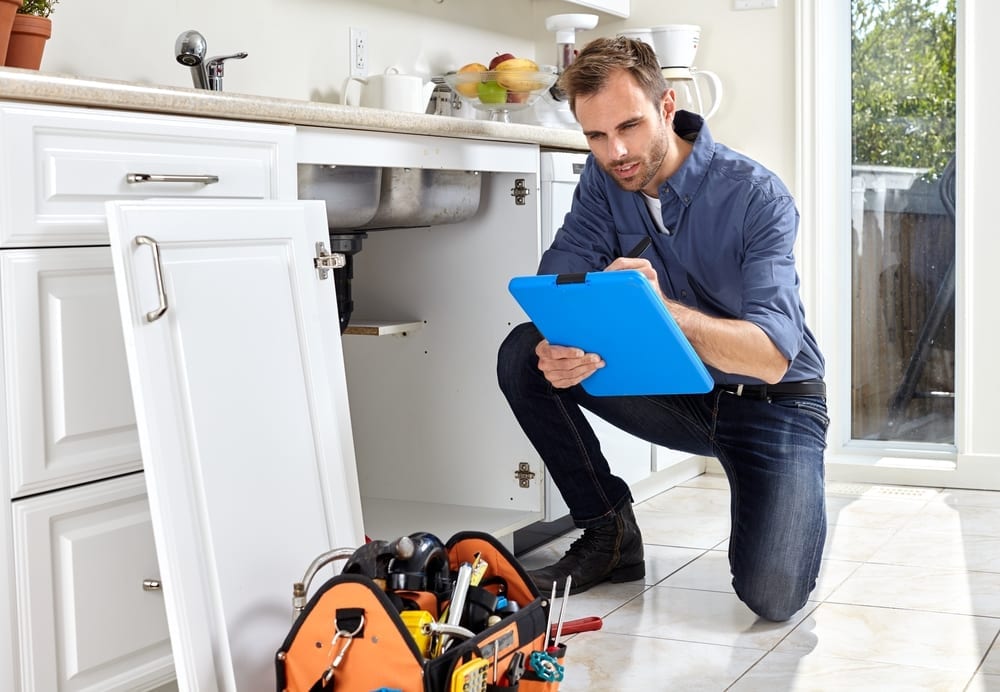Do you hear strange noises in your pipes? Is the water pressure lower than usual? Are you concerned that there’s a potential plumbing issue at home, but dread calling a plumber because it can be expensive and time-consuming?
Worry not, as troubleshooting common plumbing issues isn’t necessarily rocket science. A bit of practical knowledge and some handy tools will go a long way when it comes to identifying the cause of an issue.
In this blog post, we’ll journey through different types of DIY techniques on how to diagnose and repair simple plumbing problems at home with ease.
You’ll, of course, have an easier time hiring a professional to conduct fixes. For a plumbing professional in Morton Grove, IL, click here.
Strange Noises in Your Pipes
Strange noises in your pipes can be caused by a variety of things, such as pipe vibrations, high water pressure, or other blockages.
Before jumping to conclusions, you should identify the source of the noise first. Try running your taps and listen for where the sound is coming from. If it’s coming from a certain part of the house, then it’s likely that the issue is with the pipes in that area.
If you can’t pinpoint where the noise is coming from, there are a few other things you can do. One is to turn off all the appliances and devices that use water in your home, such as washing machines, dishwashers, and other water-worn appliances. This will allow you to listen more carefully for where the noise is coming from without the interference of running water.
If you still can’t identify where the sound is coming from, it may be due to something else. In that case, you should call a plumbing professional to get a comprehensive diagnosis. They may be able to identify the source of the noise and recommend how to resolve it.
Low Water Pressure
Low water pressure can be caused by a variety of things, such as clogged pipes, broken lines, or even a faulty water pump. Before making any guesses as to what’s causing the low pressure, you should inspect your plumbing system for signs of damage or leaking.
If you don’t find any visible signs of damage, it could be because your pipes are clogged. In this case, you’ll need to clean the pipes using a pipe cleaner or clear out any blockages with a plunger.
If the water pressure is still low after cleaning the pipes, then you may have a broken water line or faulty pump. In this case, it’s best to call a plumbing professional for help. They can diagnose the issue and recommend a solution.
Clogged Drains Can Be Caused By Hair, Grease, Or Food Buildup
Clogged drains can be a real headache, but luckily they’re usually a fairly easy problem to fix. The cause of most clogs is due to hair, grease, or food buildup in your drain pipe.
To resolve the issue, you can use a plunger to try and clear out any debris that may be blocking the pipe. If that doesn’t work, you can use a sewer snake or auger to reach further down the line and remove any blockages.
You can also try pouring boiling water down the drain every few days to help dissolve any buildup in your pipes. This may not solve the problem immediately, but it will help keep your pipes running smoothly over time.
Leaks in Pipes and Fixtures

Leaks in pipes and fixtures can be caused by a variety of issues. In the case of plumbing, it’s usually because of worn-out seals or fittings that have become loose over time.
To identify where the leak is coming from, you should start by inspecting any visible piping for signs of corrosion or leaks. If you don’t find any visible signs of a leak, you can use a special liquid dye to help identify where the water is coming from.
Once you’ve identified where the leak is coming from, you can then repair or replace the damaged pipe or fitting. If it’s a large-scale issue, it’s best to call a plumbing professional for help. They can diagnose the issue, recommend a solution, and repair or replace any damaged pipes or fixtures.
No Hot Water
If you’re not getting any hot water out of your taps, it may be because your water heater needs to be replaced. This can happen due to a variety of reasons, such as an old and inefficient unit or a natural gas supply issue.
To identify the exact cause of the problem, you should first inspect your water heater for any visible signs of damage or wear. If the unit is relatively new and you don’t find any visible defects, then it’s likely due to a natural gas supply issue. In this case, you should call your local utility company to get it fixed.
If the water heater is old and/or showing signs of wear, then it’s best to get a new unit installed. You can either install it yourself or call a plumbing professional for help. They can recommend the right type of water heater for your home and install it quickly and safely.
Conclusion
There you have it. These are some of the most common plumbing issues that homeowners face and how to fix them.
Of course, if you’re ever unsure about what to do or feel like the problem is out of your scope, be sure to call a plumbing professional for help. They can quickly diagnose the issue and recommend the best course of action.




